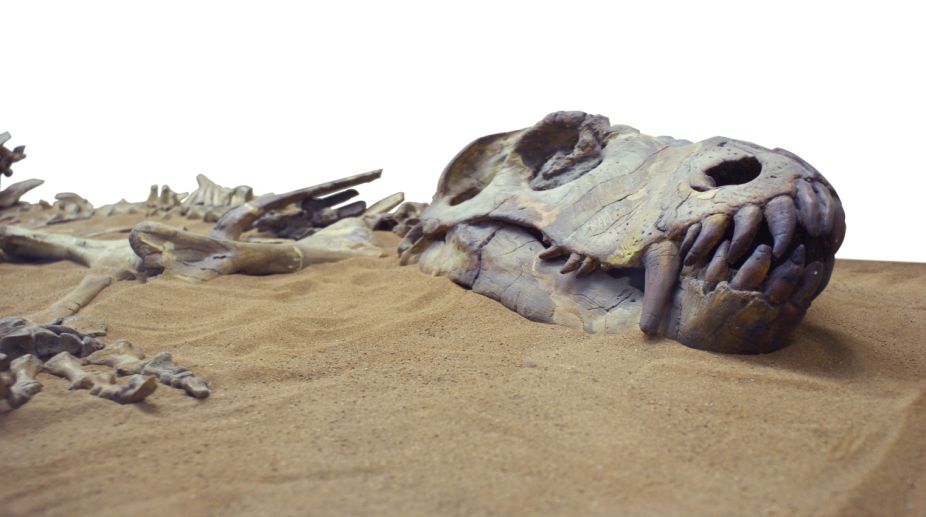Researchers have discovered a new species of gigantic, long-necked sauropod that lived in Tanzania some 70-100 million years ago.
The new dinosaur is called Shingopana songwensis, derived from the Swahili term “shingopana” for “wide neck”.
Advertisement
The fossils were discovered in the Songwe region of the Great Rift Valley in southwestern Tanzania, according to a study published in the Journal of Vertebrate Paleontology.
“There are anatomical features present only in Shingopana and in several South American titanosaurs, but not in other African titanosaurs,” said lead study author Eric Gorscak, a paleontologist at the Field Museum of Natural History in Chicago.
“Shingopana had siblings in South America, whereas other African titanosaurs were only distant cousins,” Gorscak added.
The team conducted phylogenetic analyses to understand the evolutionary relationships of these and other titanosaurs.
They found that Shingopana was more closely related to titanosaurs of South America than to any of the other species currently known from Africa or elsewhere.
Part of the Shingopana skeleton was excavated in 2002 by scientists affiliated with the Rukwa Rift Basin Project, an international effort led by Ohio University Heritage College of Osteopathic Medicine researchers Patrick O’Connor and Nancy Stevens.
Additional portions of the skeleton — including neck vertebrae, ribs, a humerus and part of the lower jaw — were later recovered.
















